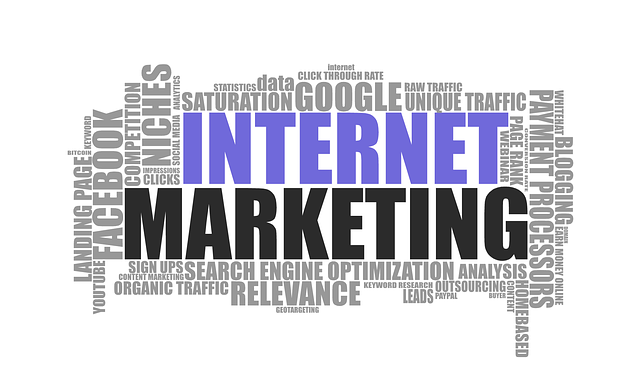AI landscaping is transforming e-commerce by reactivating dormant clients through advanced algorithms that personalize shopping experiences. By implementing strategic AI reactivation workflows, businesses can reconnect with these customers using targeted product recommendations, exclusive offers, and tailored content based on browsing history and purchase behavior. This boosts brand loyalty, increases sales, and strengthens client connections by providing relevant, timely interactions aligned with individual preferences. Key strategies include multi-stage email campaigns, follow-up messages, and loyalty programs, all monitored through metrics like customer satisfaction, retention rates, and interaction quality to ensure ongoing success.
In today’s digital era, AI is transforming how businesses engage with their clients. One exciting application is in landscaping design, where AI offers powerful tools for reactivating dormant client bases. This article explores “AI Landscaping Landscape Layout Customization,” delving into strategies like understanding AI’s potential for client reactivation and designing tailored workflows to revive engagement. We also provide a step-by-step guide and implementation tips for measuring success in AI-driven client interactions, focusing on effective AI reactivation workflows for dormant clients.
- Understanding AI Landscaping and its Potential for Client Reactivation
- Designing Customized Workflows: A Step-by-Step Guide
- Implementation Strategies and Measuring Success in AI-Driven Client Engagement
Understanding AI Landscaping and its Potential for Client Reactivation

AI landscaping offers a revolutionary approach to enhancing customer engagement and reactivating dormant accounts, especially within e-commerce. By leveraging advanced algorithms, this technology analyzes vast amounts of customer data to create personalized shopping experiences tailored to individual preferences. Through AI-driven landscape layout customization, businesses can efficiently reactivate clients by presenting them with targeted product recommendations, exclusive offers, or tailored content based on their browsing history and purchase behavior.
By integrating AI reactivation workflows, companies can reconnect with customers who may have lost interest or forgotten about their services. This strategy enables businesses to regain customer attention, foster brand loyalty, and ultimately increase sales by offering relevant, timely, and captivating interactions that cater to the unique needs of each client.
Designing Customized Workflows: A Step-by-Step Guide

Designing Customized Workflows: A Step-by-Step Guide
In today’s digital era, AI landscaping offers a game-changing approach to engaging and reactivating dormant clients. By leveraging AI reactivation workflows, businesses can streamline their strategies and tailor experiences for each customer. The process begins with identifying the key touchpoints where customers interact with your brand. These could be email campaigns, website visits, or app usage patterns. Next, create a comprehensive workflow that mirrors the customer’s journey, from initial re-engagement to post-purchase support. Use AI algorithms to analyze past client behavior and predict future preferences, enabling personalized communication at every stage.
For instance, you can design a multi-stage workflow: first, send targeted emails with exclusive offers based on previous purchases. If no response is received, trigger a series of follow-up messages with product recommendations using AI-driven data insights. For active clients, implement loyalty programs and dynamic pricing strategies to enhance their experience further. This step-by-step approach ensures that each client receives a unique, yet effective, reactivation strategy, fostering stronger brand connections and increased customer retention.
Implementation Strategies and Measuring Success in AI-Driven Client Engagement

Implementing AI in client engagement requires a strategic approach, especially when aiming to reactivate dormant accounts. One effective strategy is to utilize AI-driven reactivation workflows, which can be tailored to individual customer journeys. By analyzing historical data and behavior patterns, these workflows automate personalized communication strategies. For instance, an AI system could identify clients who haven’t engaged in months and promptly initiate a series of targeted emails or messages, offering incentives or relevant product updates.
Measuring success goes beyond activation rates. Key performance indicators (KPIs) should include customer satisfaction scores, retention rates, and the overall quality of interactions. Regularly monitoring these metrics ensures that AI reactivation strategies are effective and aligned with client expectations. Advanced analytics can provide insights into which workflows and messaging yield the best results, allowing for continuous optimization and improved long-term engagement.
AI landscaping offers a transformative approach to reactivating dormant clients by optimizing communication strategies through automated, personalized workflows. By understanding client behavior and preferences, businesses can design tailored experiences that spark engagement. The step-by-step guide provided offers a practical framework for creating effective AI reactivation workflows, while implementation strategies and success metrics ensure optimal results. Embracing this technology allows companies to navigate the complex landscape of modern customer interactions, fostering stronger connections and driving business growth.
